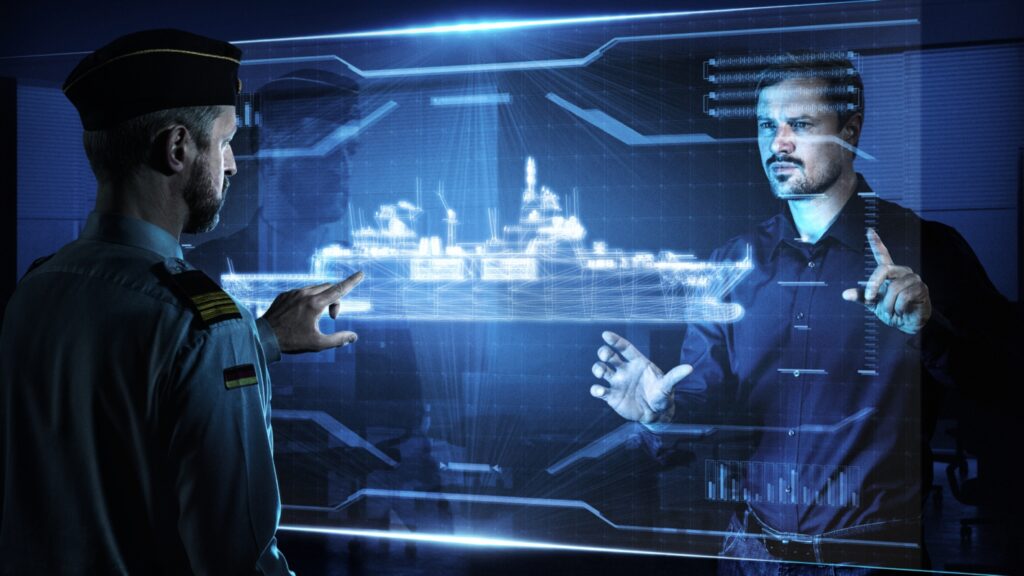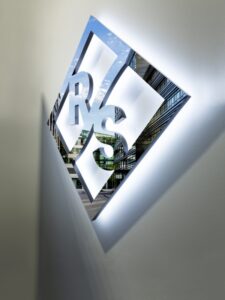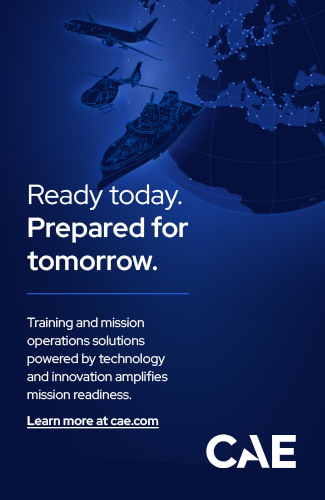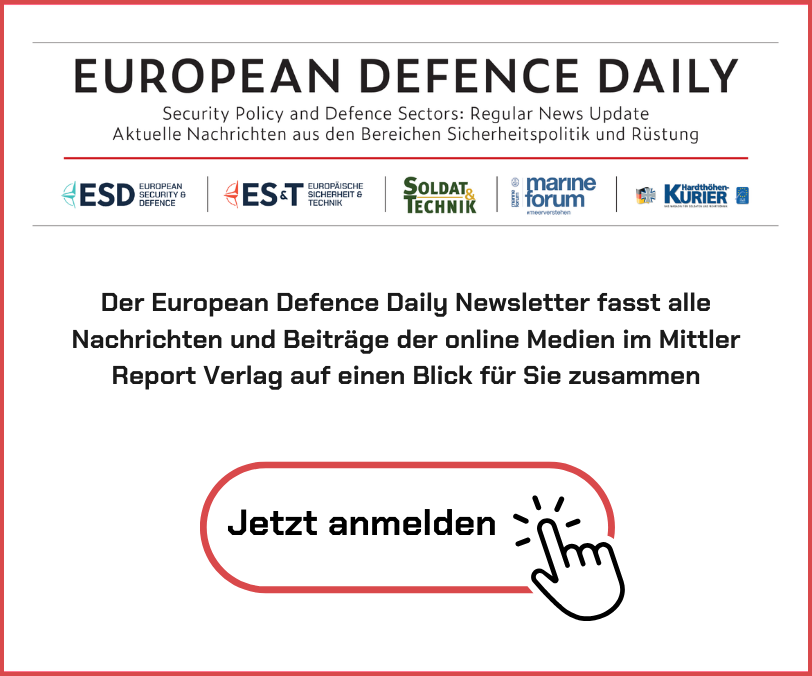New technological developments
The world is currently watching the latest conflicts with concern, forcing us to learn and adapt to the new circumstances.
So far, changes in modern warfare have been observed in three key aspects. Interestingly, the tactics that characterised all military conflicts of the 20th century are still relevant.
Looking at the major conflicts of the last ten years, it is clear that military doctrines developed in peacetime are rapidly being superseded by innovative "workarounds" by the fighting parties. This adaptability, combined with the resulting forced adaptation of the enemy, is the cause of the accelerated technical development that is typical of wartime. In addition, the liberal zeitgeist influences the situation on the battlefield. In our time, the prospect of being deployed at the front rarely triggers enthusiasm among soldiers, unlike during the Napoleonic campaigns or the First World War, for example. Today, we place a much higher value on human life than in past eras.
Unmanned systems
As mentioned above, there are three significant changes in modern warfare. The first of these technical developments concerns the switch to unmanned systems. This not only serves to protect troops, but also opens up completely new possibilities for projecting power. Such unmanned systems can be equipped with weapons, deployed for reconnaissance and/or used to flexibly support ad hoc communication networks. In this context, the concept of Manned-Unmanned Teaming (MUM-T) - the co-operation of manned and unmanned units - is becoming increasingly important. The joint deployment of manned and unmanned aircraft to support a mission is one of the most important innovation drivers for the air force of the future.
Human behaviour
The second change concerns human behaviour and expectations on and off the battlefield. In today's information-driven society, we have become accustomed to getting a broader view of a situation than is strictly necessary. Experience has shown that morale quickly drops and stress on the battlefield becomes a risk factor when soldiers are cut off from their usual data streams. Information superiority must therefore also include soldiers' private communications.
Information superiority
The third change has been observed since the 1990s. It concerns the increasing focus on information superiority through situational awareness. This development should come as no surprise, as Sun Tzu already knew: "Great commanders not only gather information, but actively exploit and manipulate the assumptions of the enemy." This 2000-year-old wisdom is more relevant today than ever. Never before has it been possible to learn so much about the enemy's approach as in the modern battlefield. You just have to listen carefully - the signals are everywhere.
Development of the 6th generation of military technology
As mentioned above, every major conflict leads to technological leaps. In the current case, too, NATO has already started the debate on new requirements. These will lead to the development of a sixth generation of technology.
High-speed data exchange, the ad hoc establishment of multipoint connections and encryption mechanisms that are permanently active in the background are required in the communications sector. Situational awareness, information superiority, uninterrupted networking and robust and secure communication for military communication networks and information spaces across all chains of command and branches of the armed forces play a critical role.
With electronic support systems, the aim is to provide more comprehensive information. Situational awareness to identify and localise threats and targets is crucial here. Early and passive information gathering and preventive crisis management help to avoid conflicts and recognise the enemy. Information dominance through precise knowledge of the enemy's communication, position, strength and movements is of paramount importance. For this reason, the traditional requirements for electronic support are supplemented by requirements for signals intelligence.

As a technology pioneer, Rohde & Schwarz is able to cover all of the requirements described above. The independent, family-owned company develops, manufactures and markets a wide range of communications, electronic support, signalling and security solutions, making an important contribution to a secure and connected world. Customers around the world rely on Rohde & Schwarz and its leading innovations. In addition to its established business areas, the Group is investing in future technologies such as artificial intelligence, the Industrial Internet of Things (IIoT), 6G, cloud and quantum technology.
Rohde & Schwarz's extensive experience in signalling intelligence was the basis for its entry into the market for electronic support measures. The company's solutions are able to fully fulfil the increased requirements for information acquisition and gaining situational awareness. Rohde & Schwarz offers highly sensitive and therefore early warning-capable electronic support solutions for radar and communications.
Rohde & Schwarz designs military communications networks and information rooms across all command levels and branches of the armed forces. The company's products and solutions have already proven themselves worldwide.

Rohde & Schwarz GmbH & Co. KG
Mühldorfstr. 15
81671 Munich
Germany









